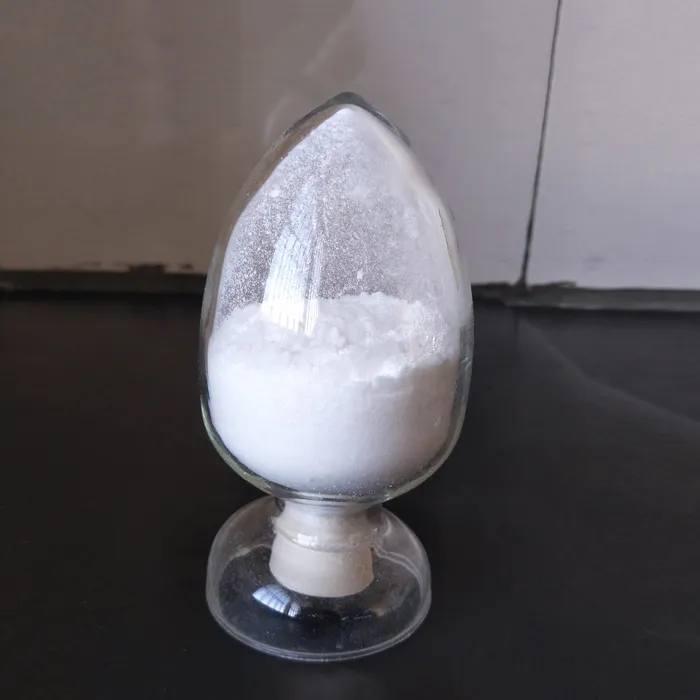Understanding API Pharmaceutical Ingredients A Comprehensive Overview
Active Pharmaceutical Ingredients (APIs) play a crucial role in the pharmaceutical industry, serving as the essential components responsible for the therapeutic effects of medications. The quality, efficacy, and safety of a drug are directly linked to the quality of its API, making the understanding of these ingredients imperative for pharmaceutical development and manufacturing.
What is an API?
An Active Pharmaceutical Ingredient (API) is a substance or compound that is utilized in the production of a pharmaceutical drug. APIs are the main biologically active ingredients that exert the intended effects in the treatment of diseases. For example, in the case of aspirin, the API is acetylsalicylic acid, which provides relief from pain and inflammation.
Importance of APIs
APIs are vital not just because they are the active component of the medication, but also due to their role in defining the therapeutic efficacy and safety profile of the drug. The pharmaceutical industry invests heavily in the research and development of APIs to ensure that they meet stringent regulatory requirements and deliver the desired clinical outcomes.
Manufacturing of APIs
The production of APIs involves numerous complex processes, including chemical synthesis, biotechnological methods, or extraction from natural sources. These processes must adhere to Good Manufacturing Practices (GMP) to ensure the quality and reliability of the APIs produced.
The two primary methods of API production are
1. Chemical Synthesis This involves using chemical reactions to produce APIs. This method provides flexibility and allows for the creation of novel compounds that may not be available in nature.
api pharmaceutical ingredient

2. Biotechnology Biopharmaceuticals, including monoclonal antibodies and therapeutic proteins, are produced using living organisms. This process often involves recombinant DNA technology, making it possible to produce complex biological molecules.
Regulatory Framework
APIs are subject to rigorous scrutiny by regulatory bodies across the globe, such as the U.S. Food and Drug Administration (FDA), the European Medicines Agency (EMA), and others. These agencies require comprehensive documentation and data, including details on the manufacturing process, quality control measures, and safety assessments before an API can be approved for use in drug formulations.
In addition, APIs must comply with international quality standards, such as those set by the International Conference on Harmonisation (ICH). This helps ensure that APIs produced worldwide are held to the same quality and safety benchmarks.
Market Trends and Challenges
The global API market is experiencing significant growth, driven by increasing healthcare demands, advancements in technology, and rising investment in biotechnology. However, the API sector faces several challenges, including regulatory complexities, the need for continuous innovation, and competition from low-cost manufacturing countries.
The COVID-19 pandemic has also highlighted vulnerabilities in the API supply chain, prompting countries to reassess their dependencies on foreign suppliers. This has led to discussions about promoting local manufacturing of APIs to enhance supply chain resilience.
Conclusion
Active Pharmaceutical Ingredients are fundamental to the efficacy and safety of medications. As the pharmaceutical industry's landscape evolves, continuous innovation, robust regulatory compliance, and strategic supply chain management will remain vital to ensuring the availability of high-quality APIs. By addressing the challenges faced by the industry and leveraging technological advancements, the pharmaceutical sector can continue to meet the global demand for effective and safe therapeutic solutions.

